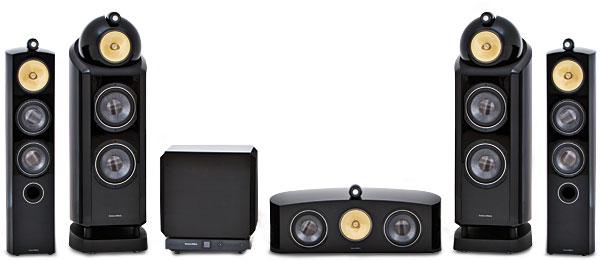Thanks for the article. I owned a pair of Matrix 805 speakers that were really lovely speakers. They opened my ears to high end sound. The low bass was lacking, which ultimately led to their sale as I wanted a speaker that excelled not only at classical and jazz, but to rock and home theater. I fondly remember those speakers.
I have heard the former iteration of these speakers before the diamond tweeter was put into production. This article reminds me of the many pages of Stereophile I read through in my 20's dreaming of equipment I might be lucky enough to own one day.








































































